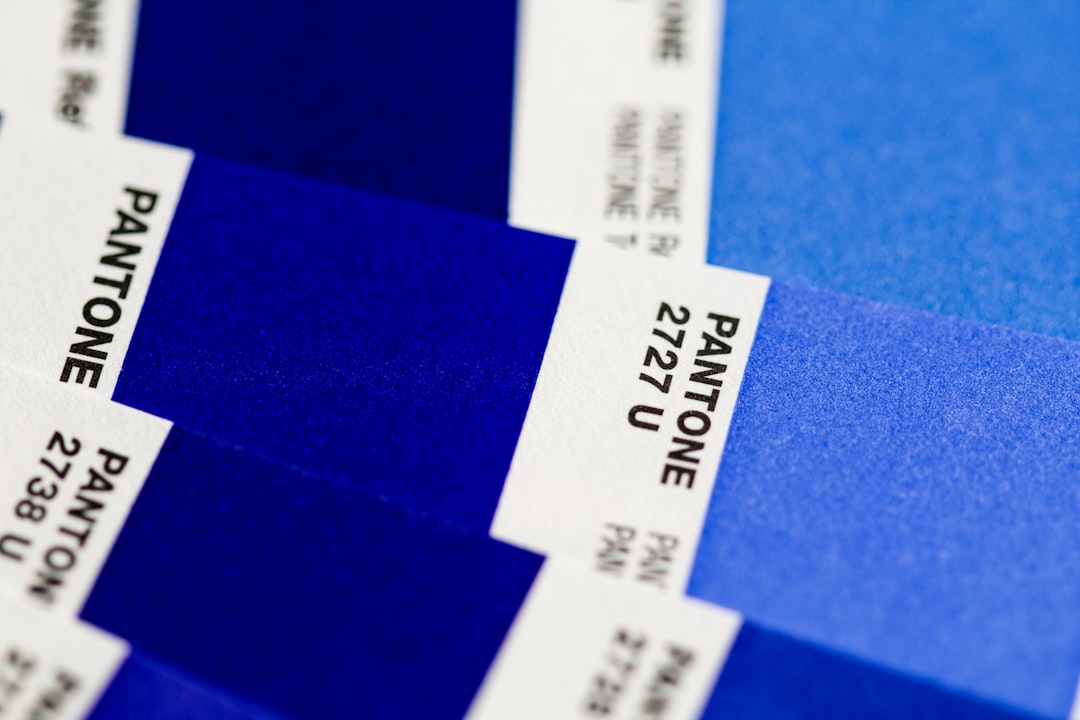Exploring the Applications of Virtual Reality in Manufacturing
In recent years, virtual reality (VR) has emerged as a game-changing technology in various industries. From entertainment and gaming to healthcare and education, VR has proven to be a versatile tool that offers immersive experiences. One industry that is particularly benefitting from the applications of virtual reality is manufacturing.
Manufacturing is an industry that heavily relies on precision, accuracy, and efficiency. By leveraging virtual reality, manufacturers are able to enhance their production processes, improve safety measures, and reduce costs. Let’s explore some of the key applications of VR in manufacturing.
1. Product Design and Development:
Virtual reality enables manufacturers to create a virtual environment where product designs can be developed and tested before physical prototypes are made. This saves both time and costs associated with manufacturing physical prototypes. Engineers and designers can visualize and interact with products in a 3D virtual space, allowing them to identify design flaws and make necessary adjustments in real-time.
2. Training and Skill Development:
Training is an essential aspect of manufacturing, and VR offers an innovative approach to enhance the training process. By creating virtual simulations, manufacturers can provide employees with hands-on experience in a safe environment. For instance, assembly line workers can practice their tasks virtually, helping them gain proficiency and reducing the risk of errors. This not only ensures that employees are well-trained but also significantly reduces the downtime and costs associated with training.
3. Safety and Risk Assessment:
Manufacturing processes often involve working with heavy machinery and hazardous materials. Virtual reality can be used to simulate potentially dangerous scenarios, allowing workers to familiarize themselves with safety protocols and emergency procedures without exposing themselves to actual risks. This helps in minimizing accidents and injuries, thereby promoting a safer work environment.
4. Equipment Maintenance and Troubleshooting:
Maintenance and troubleshooting are critical aspects of manufacturing operations. VR can be utilized to create virtual replicas of complex machinery, allowing technicians to access an interactive guide for maintenance and repairs. By providing step-by-step instructions in a virtual environment, technicians can quickly identify issues and resolve them efficiently. This not only improves productivity but also reduces downtime and maintenance costs.
5. Collaborative Design and Communication:
Virtual reality enables geographically dispersed teams to collaborate effectively on design projects. Through VR platforms, engineers from different locations can simultaneously work on a virtual design, making real-time modifications and exchanging valuable insights. This eliminates the need for physical meetings and expedites decision-making processes, ultimately speeding up the overall production cycle.
6. Quality Control and Inspection:
Ensuring product quality is crucial in manufacturing. VR allows manufacturers to inspect and analyze products in a virtual environment, detecting any flaws or discrepancies early in the production process. This enhances accuracy in quality control, reduces waste, and improves overall product performance. Furthermore, VR can facilitate remote inspections by enabling inspectors to virtually visit production facilities and assess the quality of products without the need for physical presence.
7. Streamlining Production Layout and Processes:
Virtual reality can assist manufacturers in optimizing their production layout and processes. By creating virtual simulations, manufacturers can analyze different layout configurations, test production line efficiency, and identify bottlenecks or areas for improvement. This leads to enhanced productivity, better resource allocation, and ultimately, cost reduction.
In conclusion, virtual reality is revolutionizing the manufacturing industry by providing innovative solutions to various challenges. By leveraging VR technology, manufacturers can streamline their processes, improve safety measures, reduce costs, and enhance product quality. As the technology continues to evolve, the applications of virtual reality in manufacturing are only expected to expand further, paving the way for a more efficient and advanced manufacturing industry.









